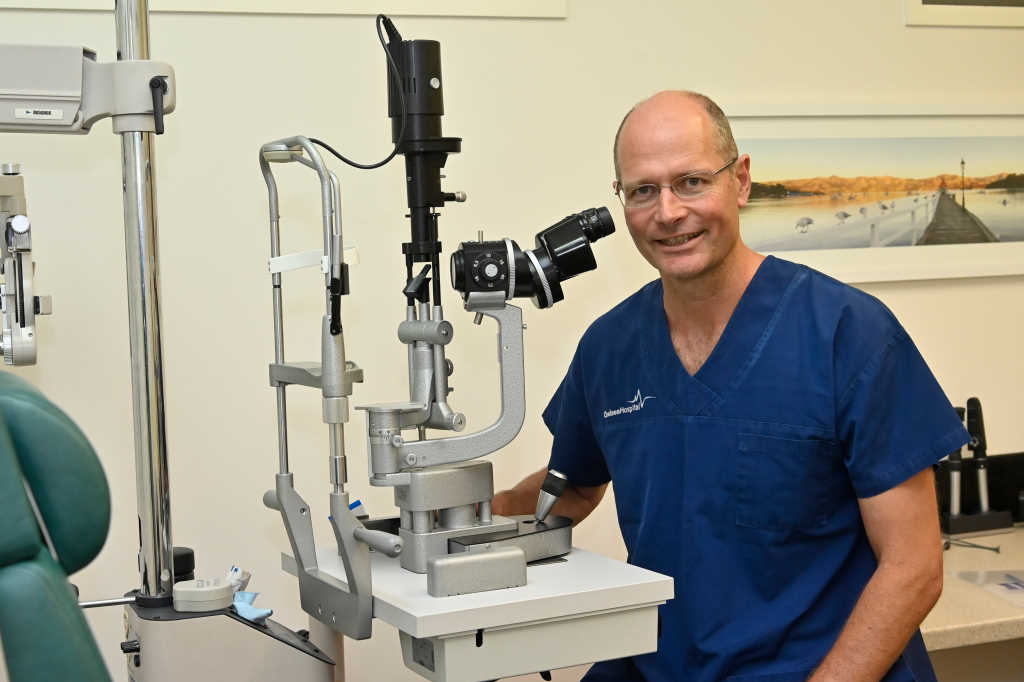Real-time pollen monitoring project unveiled
Asthma and allergy researchers have installed a pollen trap on the roof of the Auckland War Memorial Museum Tāmaki Paenga Hira to gather near-real-time data on airborne pollen and spores that can trigger a range of allergic reactions.
Public information is currently modelled on historical data, which doesn’t consider the impact of climate change and recent changes in land use and vegetation patterns, said project co-lead Dr Amy Chan, a pharmacist and asthma researcher at the University of Auckland. “There’s a real need to look at pollen and how this relates to health and allergic diseases. This is the first time in 35 years we’ve been able to do it using pollen capture, which is why it’s really exciting.”
The project, co-led by Dr Stuti Misra, a senior lecturer with the Department of Ophthalmology, will follow 300 asthma patients for six months to investigate correlations between their asthma attacks and amounts and types of pollen.
Dr Misra will also conduct pilot research on the effects of seasonal variation on the ocular surface, including, for example, whether a high incidence of grass pollen is associated with an increase in corneal dendritic cells in those with allergies. This could then be used as a potential clinical marker of allergic eye disease, she said. “With increasing rates of allergies worldwide and changing season timing, it is important to understand whether these are changing the landscape of eye allergies.”
The eye-related pilot research is being undertaken in collaboration with the University of Melbourne, University of New South Wales and Queensland University of Technology, said Dr Misra, while the pollen capture is part of a larger project tackling New Zealand’s globally high rates of asthma, with attacks increasing by a third in the decade to 2019, according to Dr Chan’s studies. Australia already has several pollen monitoring stations and there are around 600 pollen traps in Europe, several of which have been in operation for more than 50 years. Both Drs Chan and Misra would like to see permanent monitoring stations throughout New Zealand, so people could access real-time pollen data, informing prevention and care of all types of allergic reactions from hay fever to asthma, eczema and allergic eye conditions.
The pollen project is funded by the Auckland Medical Research Foundation, the Health Research Council and Life AI Corp. The team also includes senior lecturer and palynology (pollen study) lab manager Dr Katherine Holt from Massey University; Professor Rewi Newnham from Victoria University; and doctoral researcher Laura McDonald and master’s researcher Natasha Ngadi, both from the University of Auckland.
With such a need for information on asthma triggers and allergens, the new green, metal pollen trap on the Auckland War Memorial Museum will be worth its weight in gold, said Dr Chan.



























